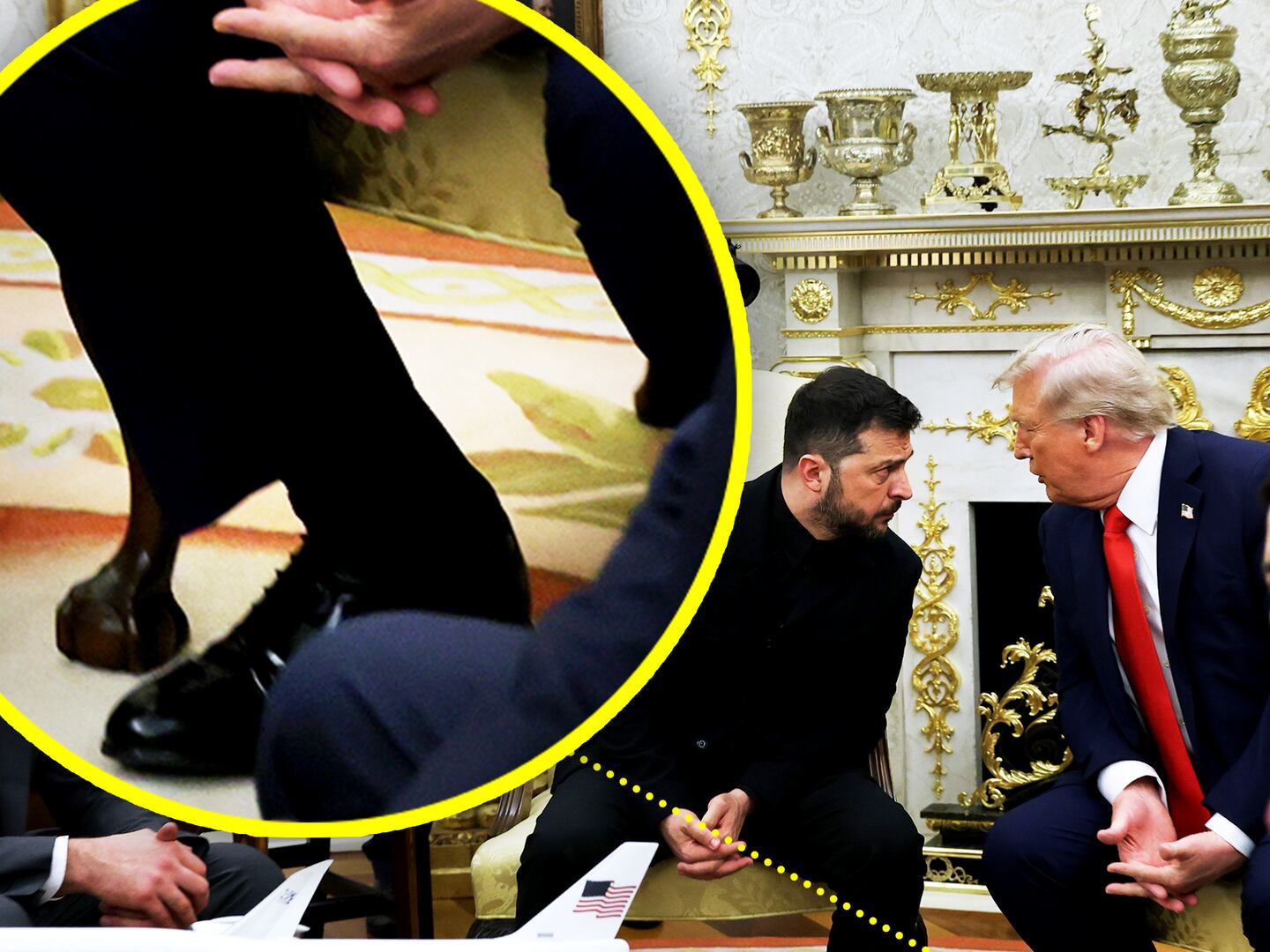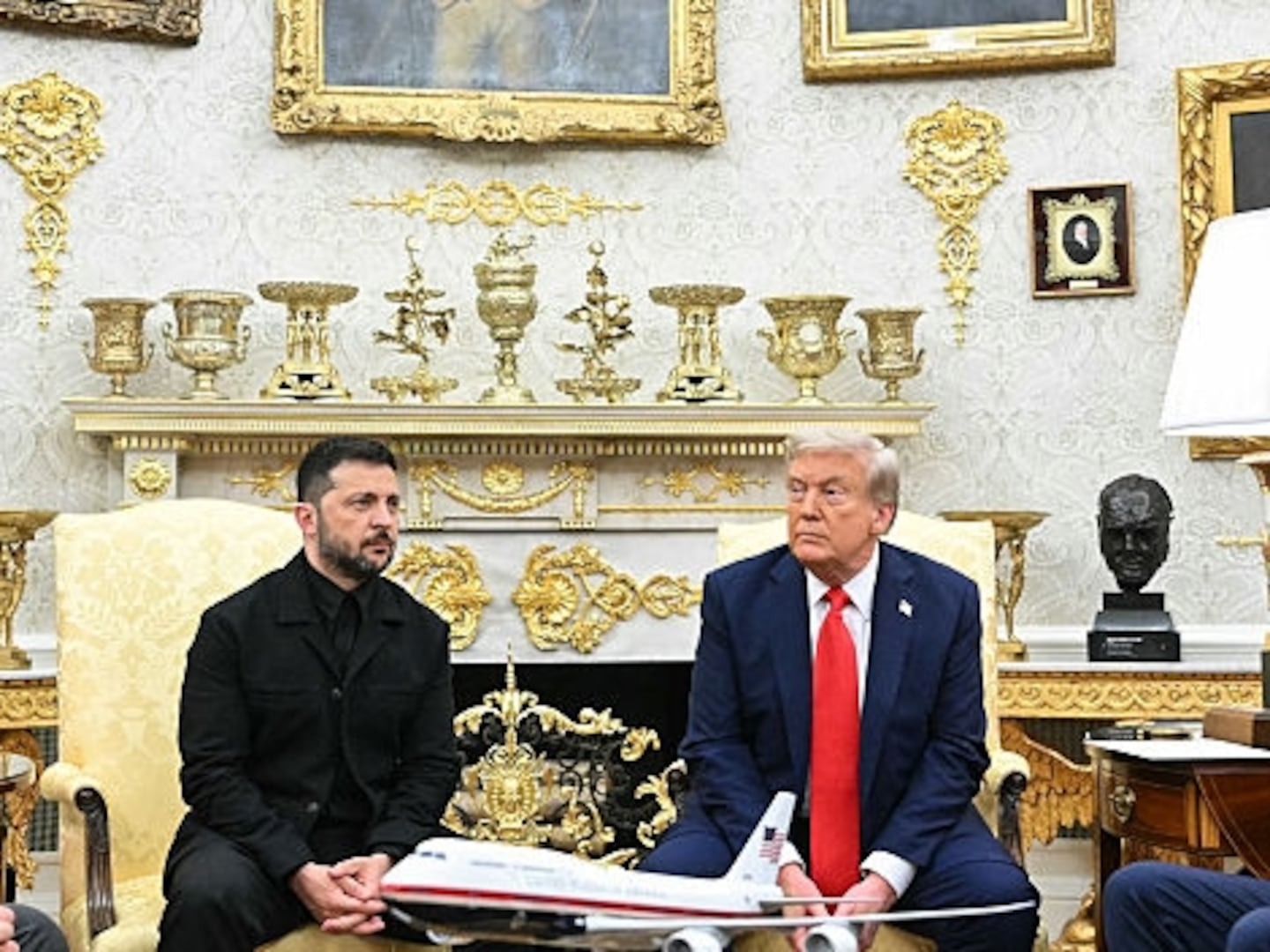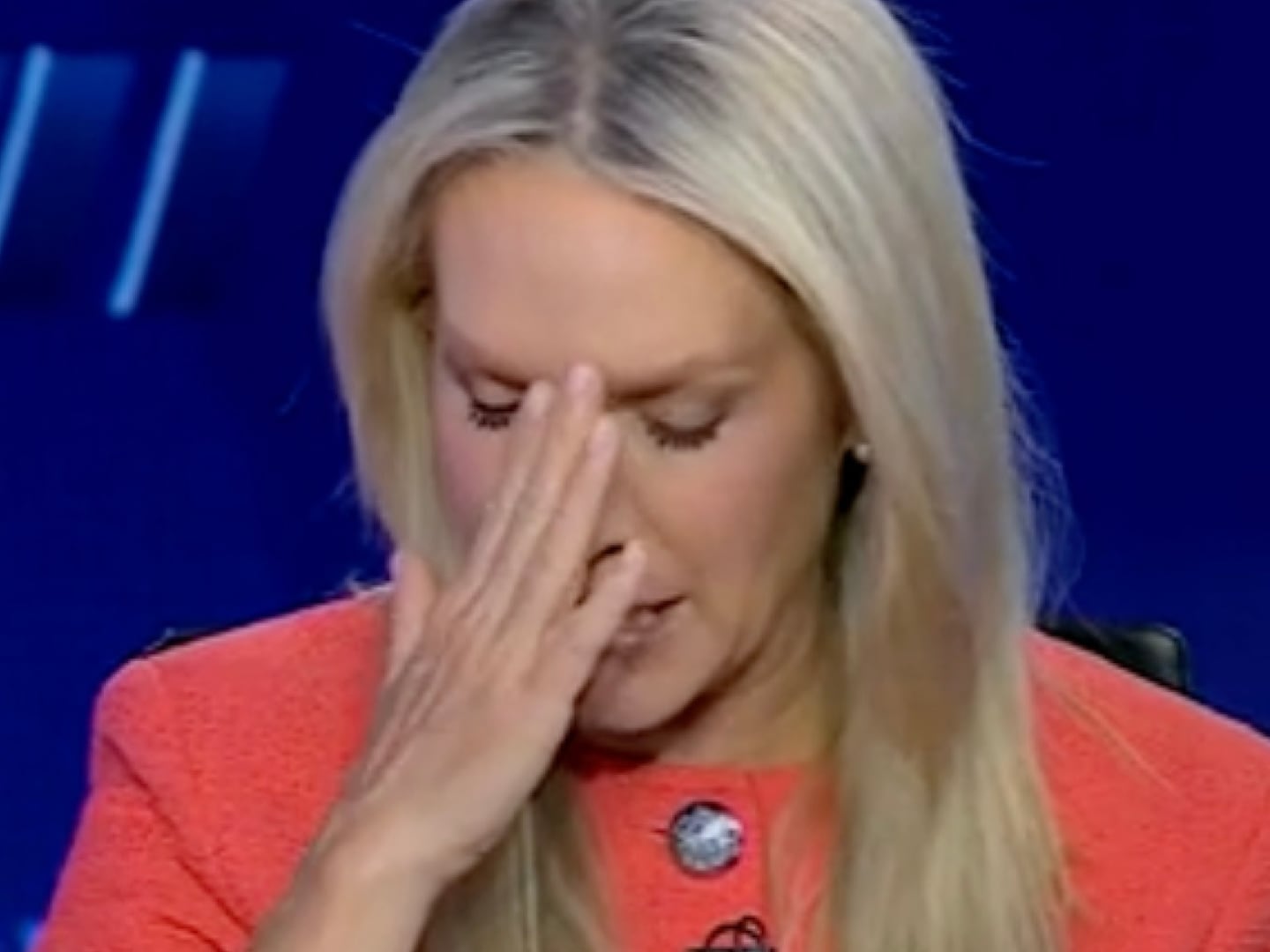Donald Trump has claimed a breakthrough between Vladimir Putin and Volodymyr Zelensky, despite the Russian leader snubbing America’s latest push to help guarantee Ukraine’s security as part of a peace deal.
After an unprecedented summit in Washington with Zelensky and European leaders on Monday, Trump announced on Truth Social that he had called Putin to set up a meeting between the Russian and the Ukrainian president to try to end the war.
He also announced that the summit had put the issue of security guarantees for Ukraine firmly on the agenda, including “which guarantees would be provided by the various European Countries, with a coordination with the United States of America.”
ADVERTISEMENT
“Everyone is very happy about the possibility of PEACE for Russia/Ukraine,” he wrote.
“At the conclusion of the meetings, I called President Putin, and began the arrangements for a meeting, at a location to be determined, between President Putin and President Zelenskyy. After that meeting takes place, we will have a Trilat, which would be the two Presidents, plus myself.”

The breakthrough came after Trump rolled out the red carpet for Putin in Alaska last week, only to leave without achieving the ceasefire he had planned, or acting on any of the “severe” sanctions he threatened to impose on Russia if it didn’t agree to a clear path to end the war.
But in yet another snub, the Russian Foreign Ministry issued a statement on Monday rejecting the deployment of troops in Ukraine as part of any security guarantees - an idea that had been discussed at length at the White House meeting.
“We reaffirm our repeatedly stated position of categorical rejection of any scenarios that envisage the appearance in Ukraine of a military contingent with NATO countries, which is fraught with an uncontrolled escalation of the conflict with unpredictable consequences,” the statement said.
Russia’s snub raises further questions about what concessions the U.S. was able to get from Putin last week.
After Trump gave very few details on Friday, his special envoy, Steve Witkoff, told CNN on Sunday that Moscow had agreed Washington could help Europe give Ukraine “NATO-style” protections.
“We were able to win the following concession: that the United States could offer Article 5-like protection, which is one of the real reasons why Ukraine wants to be in NATO,” Witkoff said.

He added that this was the first time Putin had agreed to such a thing, describing the shift as “game-changing.”
Monday’s summit was the first time Zelensky had been back in the Oval Office since February when he was berated by Trump and Vance for not being grateful enough for U.S. support.
This time, however, he came with the backing of seven European leaders: French President Emmanuel Macron, German Chancellor Friedrich Merz, British Prime Minister Keir Starmer, Italian PM Giorgia Meloni, NATO Secretary General Mark Rutte, Finland President Alexander Stubb and EU Commissioner Ursula von der Leyen.
Wearing a dark suit instead of his usual military clothing, the Ukrainian leader was greeted warmly by Trump as he arrived at the White House, and passed scores of supporters holding Ukraine flags on the streets of downtown D.C.
The issue of territory swaps was discussed during the meeting, with Trump at one point showing Zelensky a map depicting what percent of territory is under Russian control or contested land.

The prospect of a ceasefire was also pushed by the Europeans - even though Trump had shelved the idea after his meeting with Putin last week.
“I can’t imagine that the next meeting would take place without a ceasefire,” Merz told Trump.
“So let’s work on that, and let’s put pressure on Russia.”
Trump’s planned meeting between Zelensky and Putin would be a major breakthrough - if it actually goes ahead.
The pair have been at war since Russia invaded Ukraine in February 2022, and Zelensky has been the target of several foiled plots to assassinate him since.
“Imagine being Zelenskyy and having to sit down at the same table with the guy who is killing your innocent civilian citizens at the same time,” said Stanford University professor and former U.S. Ambassador to Russia Michael McFaul.
“This is why Trump needs to push for a ceasefire first.”







